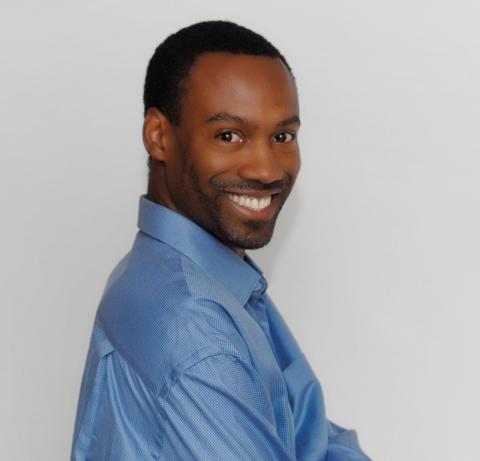Stars on Baseball’s Horizon
New York Times
July 17, 2015
by Doug Glanville
After three billion miles and nearly 10 years of travel, the New Horizons spacecraft has finally flown by Pluto. When it first left Earth, I was wrapping up 15 seasons of professional baseball, completing my fight to hold on to my job and health, as the next generation of players ushered aging veterans out of the game.
Today’s young players were early teens back then, most likely unaware that New Horizons was seeking to uncover a new frontier. But they’ve grown up and are entering the game in a dramatic fashion, too. They are no longer caddying for veteran players in a traditional apprenticeship that marked an arduous rite of passage. They come with superagents and major league contracts, Gatorade deals and thousands of twitter followers. They are also expected to be ready, thrust into starting lineups and the All-Star Home Run Derby with as little as 87 days in the major leagues.
Time served does not guarantee maturity. Many of these young players are performing well. The two strongest candidates currently for most valuable player are Mike Trout in the American League and Bryce Harper in the National, who at 23 and 22 years old, respectively, already have enough time in the league to be considered “young veterans.” Even as a 22-year-old with “first-round draft pick” on my resume, I was far from major-league ready, clawing my way through the Carolina League while living the movie “Bull Durham” to its fullest reality.
Baseball has changed since those days. It has undergone a monumental analytics period. This revolution has been a challenge to traditional thought, to how we evaluate talent and performance, even how we predict the future. In baseball, the edge is now found as much in the math as it is in the weight room — or, in some cases, the pharmacy.
Points of differentiation between teams can be seen in defenses that are shifting into new alignments — like putting the shortstop on the right side of the diamond — and in the way managers might employ strategy based on the unequivocal proof that every time a hitter faces the same pitcher, he improves his chances of success. This is an existential threat to the idea of the starting pitcher as we know it; unless he is a true ace of divine talent and intelligence, he will rarely see the same hitter a third time, let alone a fourth.
But there is still qualitative charm to the game, and a lot of it can be found in an unprecedented wave of raw talent. The 25-and-under contingent has invaded major league locker rooms, winning starting jobs on teams that are in contention. When baseball added a second wild card team for the playoffs to each league in 2012, the buyer-seller balance shifted dramatically (it became expensive to acquire talent near the late-July trade deadline, since the new format added buyers and reduced the number of sellers). Now nearly all teams are “in it” until late in the season, and they depend on these young players to be less-expensive difference makers; in many cases, they are making that difference.
One such player is Kris Bryant, of my old Chicago Cubs. He led earth in home runs last year in the minor leagues, then repeated the feat this year in spring training. Still, he was sent back to the minors, mostly to push back the clock that would have made him a free agent sooner than necessary. On Monday, he was in the All-Star Home Run Derby, although he was knocked out in the first round by a legend, Albert Pujols. Still, he went from Triple-A minor league home run champ to major-league All-Star before he’d had another birthday.
This sizzling speed of development, whether rushed by fungible front offices or not, is part of the new culture of baseball. Young talent is at a premium now more than ever, as the best potential for long-term stardom comes by starting the major league clock sooner. It opens up the opportunity for the best combination of productivity — when physical talent is matched with maturity and high baseball IQ through experience. In addition, after the big draft bonus, youth is cheap and malleable. Sure, they make mistakes, but fear also melts off them. They are acclimated to public exposure in social media and the blip of a sound byte or a Vine.
From Trout to Harper, Francisco Lindor to Addison Russell, Carlos Correa to Jacob deGrom, we see productive young players starting their careers so early that they could have 20 years under their belt by the time their run is over. Record books will be threatened if they are granted good health and can stave off the pressure that causes some players to simply age out of the game.
I realize that I am seeing baseball’s future in the special talent of a player like Trout — a rare convergence of power, speed, passion and maturity. First among 20 25-and-under All-Stars, he led off with a home run and earned his second consecutive All-Star M.V.P. award. Trout is a reminder that the spirit of the game can be preserved, even as we navigate the technological growing pains of instant replay and evolving value-metrics.
Maybe that is what I want to believe in: something on par with what the New Horizons team has pulled off. After all, space exploration, like baseball, allows us to see the future and all its greatest potential, while still riding the light of the past. In Tuesday’s All-Star game, this was brought home from our brightest stars.
Republished from NYTimes.com






